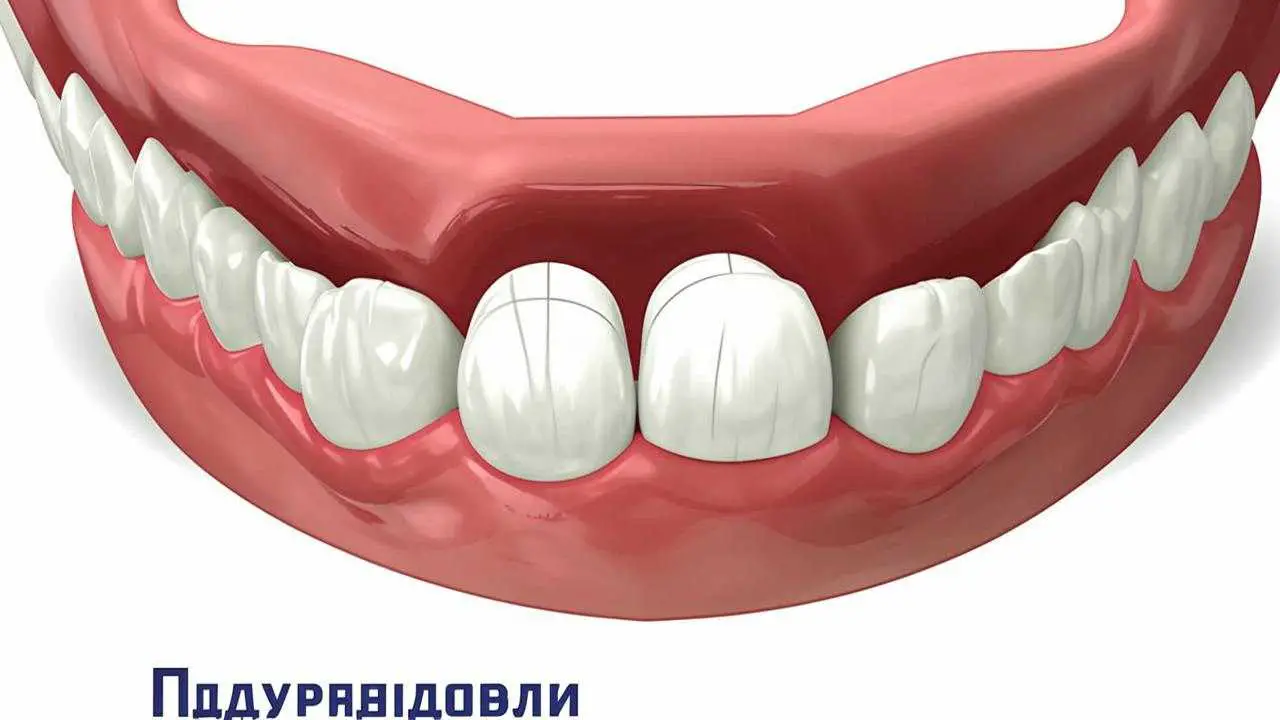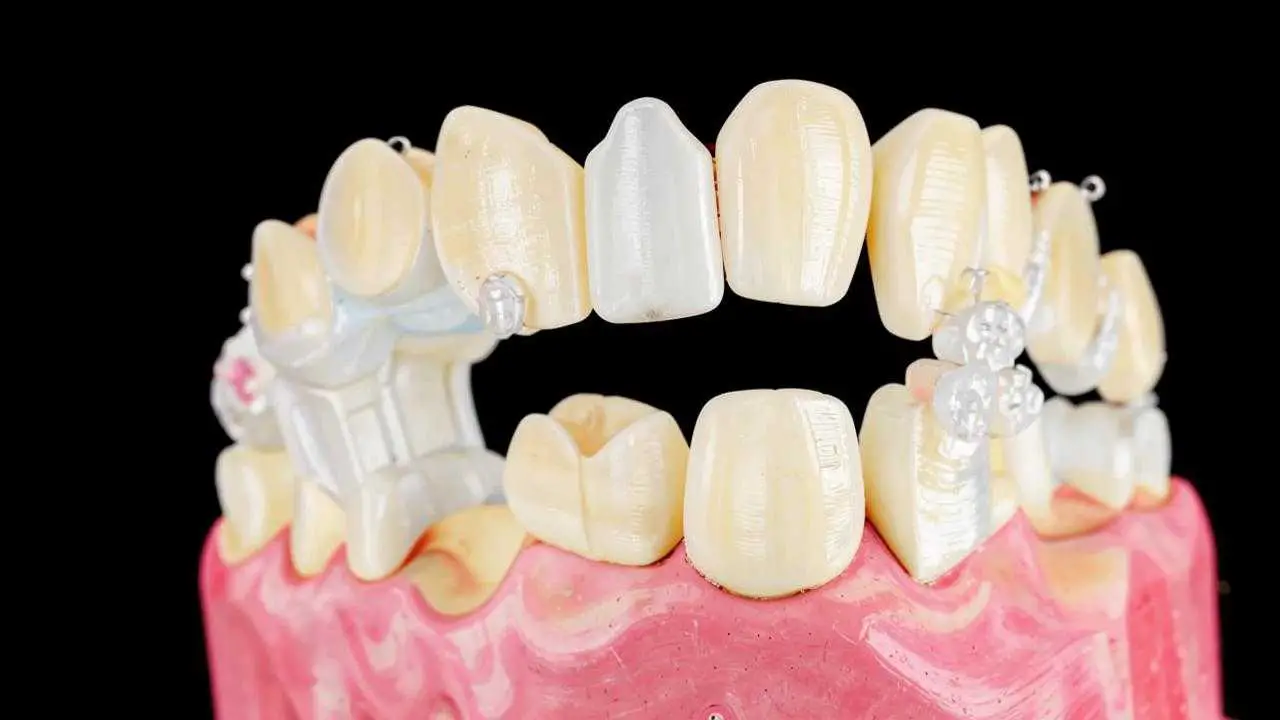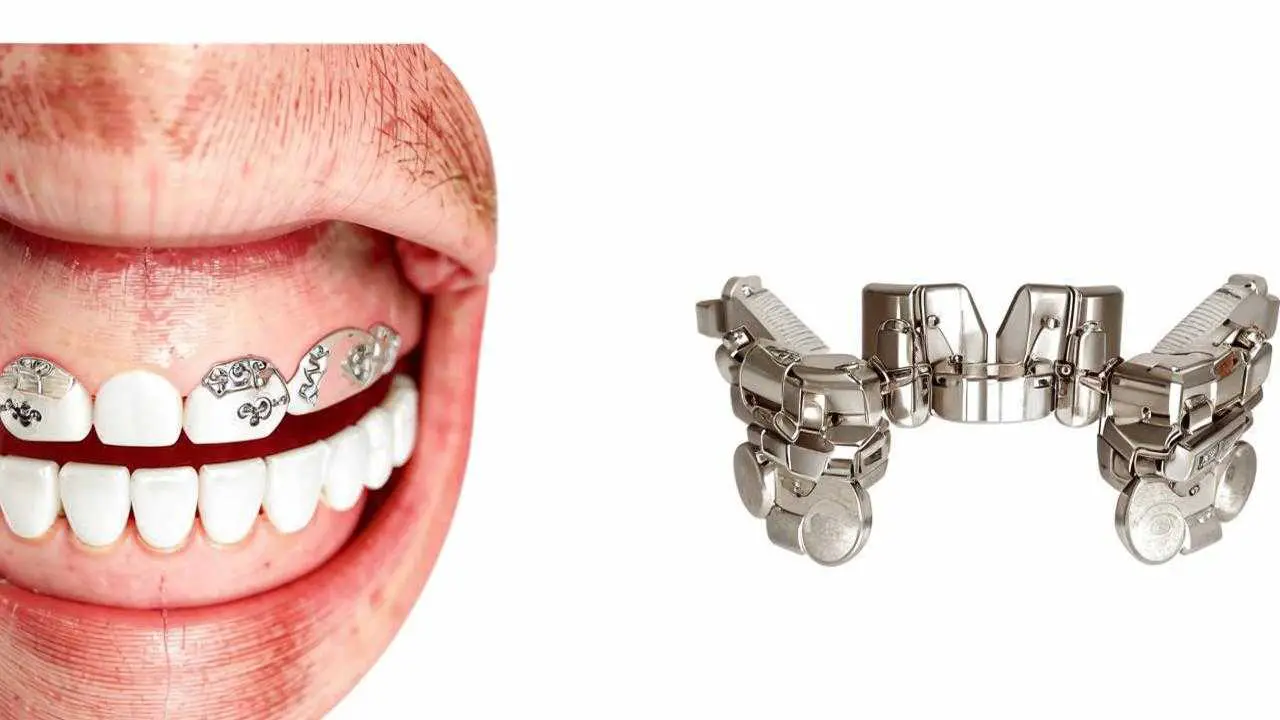Tooth misalignment is a change in the position of the teeth, after the tooth rows have finished forming, as a result of disease or injury. When teeth erupt, they also change location. This is called a primary relocation. All other cases are secondary movements.
Teeth can change position in a variety of directions, the most common types of movement are as follows:
- vertical (unilateral or bilateral);
- distal – the tooth moves backwards;
- mesial – the tooth moves forward;
- tilts;
- rotation around the axis;
- combined.
Why teeth shift
The most common cause is a violation of the integrity of the tooth row. As a result, the antagonist teeth cease to participate in the chewing process, and the load on the other (working) teeth increases. Tooth contact (occlusion) is compromised and becomes traumatic, destroying the ligaments and stretching the collagen fibers that hold the tooth in place. A tooth that has no contact when the jaws are clamped together begins to shift vertically. So, if the upper lateral teeth are missing, the lower teeth move vertically upward. And if there are no lower teeth, the upper teeth are displaced. In case of large defects (6 teeth or more are missing) the displacement is strictly vertical. But almost every tooth has a main and side antagonist. They do not allow the tooth to move strictly vertically. In small defects (1-3 teeth) there is also a tilt towards the lost units. Displacement of teeth after extraction is more pronounced the longer prosthetics are delayed. Therefore, dentists recommend restoring the tooth row without delay.
Other causes:
- Decay of the occlusal surfaces (points of contact when the jaws come together)
The more the crown is destroyed, the less the tooth participates in the chewing process, up to the point of complete exclusion. The mechanism of displacement then follows the same pattern as in the case of dental defects.
- Increased erosion of enamel
A change in tooth height, even by one or two millimeters, changes the entire articulatory picture, disturbing occlusion and leading to the same results as in the first two cases.
- Periodontal disease
The periodontium is the ligamentous and muscular apparatus that holds the tooth in the cavity. In periodontal disease, the ligaments weaken and cannot hold the teeth in their original position. They begin to wobble and “pull apart” to the sides. A classic example of combined movement in periodontal inflammation is the fan-shaped misalignment of the upper frontal teeth.
- Wisdom teeth
These begin to grow after the tooth row has formed. An obstacle in the form of a neighboring tooth can stop growth, or turn the “eight” to the side. Abnormally positioned teeth are not in the bite, disrupting the occlusion. Retained (unerupted) tooth can cause displacement of the front teeth, their crowding.
- Removal of wisdom teeth
One complication is tooth misalignment after wisdom tooth extraction. Extraction can disrupt the occlusion by moving a neighboring tooth, the “seven” into the vacated space.
Correction
What is done in dentistry if a tooth has shifted? First of all, diagnostics is carried out to understand the reason why it happened. X-rays will help to get a clear and concise picture.
A treatment plan is then developed, which may include the following methods:
The jaws are unlocked with a removable therapeutic denture, fixed bridge or special mouthguards. The goal is to create intermittent pressure on the involved teeth to bring them back into place.
- Hard tissue grinding
Only used in adult patients over the age of 40 if the deocclusion method has not worked. Once the problem has been corrected, prosthetics are performed.
- Orthotic
Occlusion is restored using inlays, artificial crowns, post designs.
- Orthodontic
Center misalignment of teeth or other anomalies are corrected using plates, bracket systems, and eliners.
- Surgical
In case of great mobility, severe occlusal disorder, chronic inflammatory processes, teeth are extracted.
Consequences
Medical complications are associated with impaired chewing function. For example, poorly chewed food provokes diseases of the gastrointestinal tract.
An orthodontic complication with far-reaching consequences is a bite disorder. Root displacement leads to the formation of gaps between the teeth (diastemas and tristemas), symptoms such as inflammation in the gums, bone loss. Backward displacement of the lower jaw causes TMJ inflammation, arthritis, arthrosis, dislocations and subluxations. Often problems with the joint contribute to the development of hearing loss, pain, burning in the area of the tongue. The mouth has difficulty opening and chewing is impaired.
Psychological consequences include depression, low self-esteem, insecurity, social phobia.
Waiting for the teeth to start shifting is not a good idea. Immediate prosthetics, treatment of tooth decay, periodontitis will help prevent serious complications of tooth shifting.


